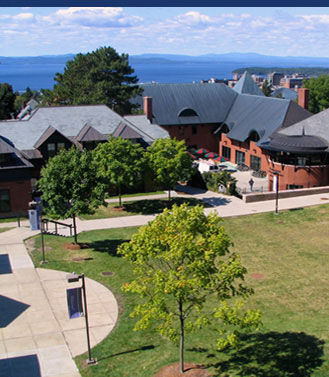Fall has arrived and with that means cooler temperatures, shorter days, and for many of us, more responsibilities and demands on our time. While many of us may have been in our self-care grooves this summer, we often have a hard time maintaining these routines as we transition into fall and winter. As a health coach, I so often hear people say, “I fell off the wagon” or “I don’t know what happened. I was doing so good.” Well, I might be able to shed some light on what happened. The environment changed and instead of adapting we dug our heels in and tried to maintain the same routines under completely different circumstances. If you’ve been on the “on the wagon/off the wagon” in the past, I’ve got some strategies and new ways of thinking that just might help you drive the wagon exactly where you want it to go this fall and winter.
Just because we are moving into fall and winter it does not mean we have to throw our healthy, summer self-care routines down the drain. Instead we need to be flexible and adapt our behaviors to the new environment. Consider what may have been working well for you this summer, a morning walk in the sun, a lunchtime zoom-based yoga session while the kids were playing outside or an after-work swim or hike. Now that morning sun has given way to dark and cold, lunchtime means keeping your kids on track with their schoolwork and the after-work hours mean an early dinner and pajamas.
All hope is not lost. It’s time to get creative about how to continue to incorporate our self-care into our daily routines. After all, if we don’t care for ourselves, how are we going to have the energy to care for those around us? Here are some strategies and things to think about that just might help you transition into your cooler weather self-care plan.
- Do a time log: For three days (two week days and one weekend day) keep an honest log of your time. How we spend our time is a true reflection of our values so get honest with yourself. Is how you are choosing to spend your time truly reflective of how you want to live your life? Are there things you are spending your time on that you could omit, delegate or spend less time on? Where might you be able to find ten or twenty minutes to allocat toward your self-care? Once you’ve found some time, you can move on to step two.
- Change up your activities and try something new: In his book, “Curious”, author Todd Kashdan makes the assertion that curiosity is the key ingredient to a happy life. Get curious, have fun, get outside, try something new, join in on one of the short lunchtime workouts or yoga classes offered by GMHEC, put your bicycle on a trainer and watch your favorite show or join The Edge and get in on their virtual classes. Now that you’ve figured out what you’d like to do it’s time to think about step number three.
- Practice the minimum effective dose: The minimum effective dose (MED) is defined simply as the smallest dose that will produce a desired outcome. More does not always lead to better results. In terms of physical activity, depending on intensity the MED can be 150 minutes per week as recommended by the CDC or it could be as little as four minutes a day. Staying physically fit is a marathon not a sprint. Small, consistent action can yield us the best results. Some days we may have the time or energy to do a longer workout and that’s great. On the days where we are more pressed for time, we need to think about the value of consistency and allow ourselves to practice the MED. The MED serves as a bridge to keep the consistency and habit going and habits, as author Jack Canfield says, are what determine our future. That brings us to step four…adopting an attitude of practice.
- Adopting an attitude of practice: The last thing we need is another item on our already too full to do list. Self-care should not be a chore. All too often it becomes a chore because we’re too focused on the outcome. Adopting an attitude of practice can change our relationship to the habit and make it something we can be curious about and be something we actually want to do. When we practice, we have no expectation of outcome and therefore no pressure to “succeed” and no risk of “failing”. Practice is about observing, identifying areas for improvement, and testing out different strategies to get better at the skill. Regular practice is what leads to improvement and proficiency.
This fall and winter please remember to keep yourself on priority list. Your well-being depends on it and your well-being has a ripple effect on those around you. The most precious gift you can give to the people you care about is to be well and show up as the best version of yourself.
Take care and stay well.


